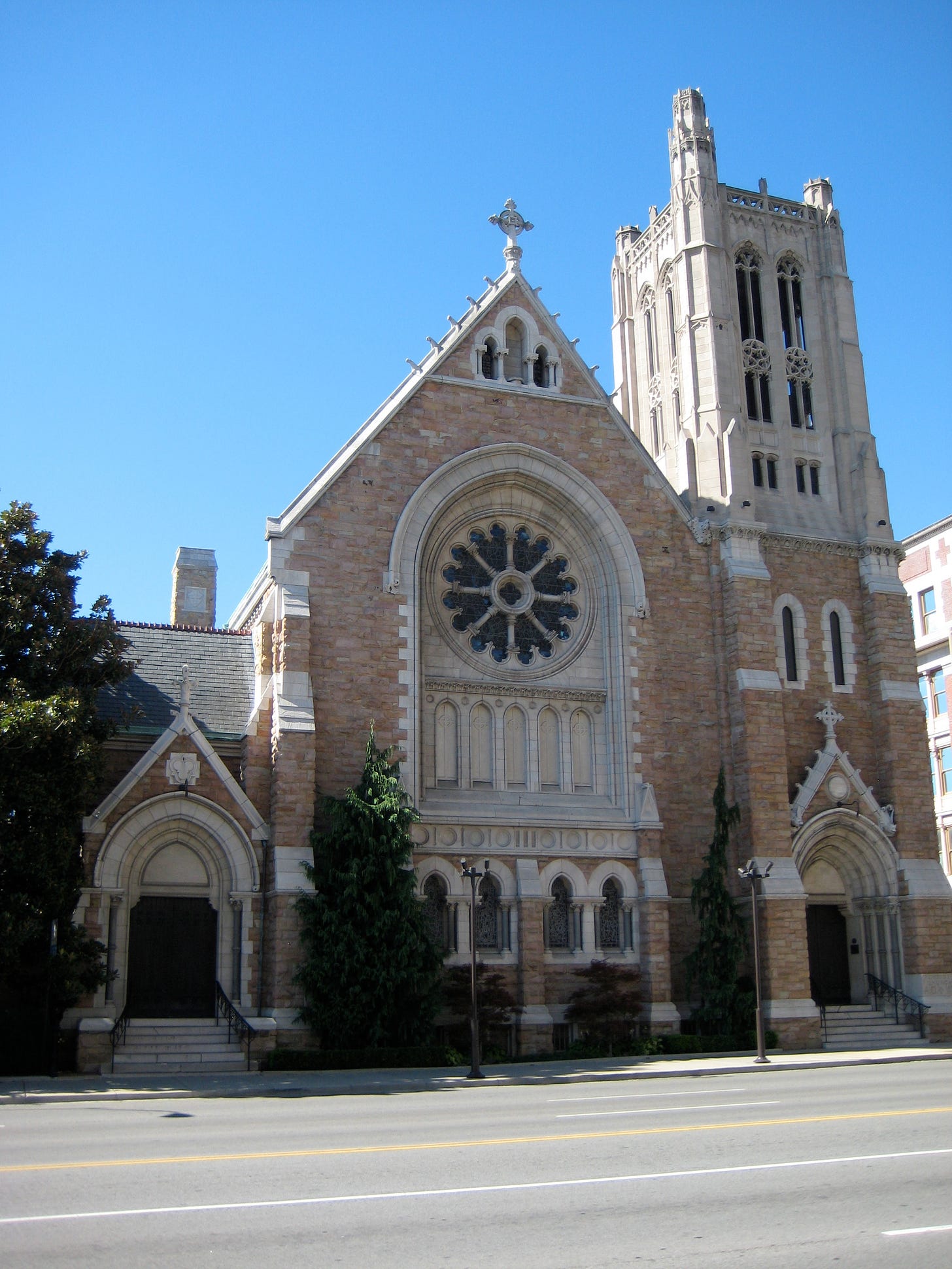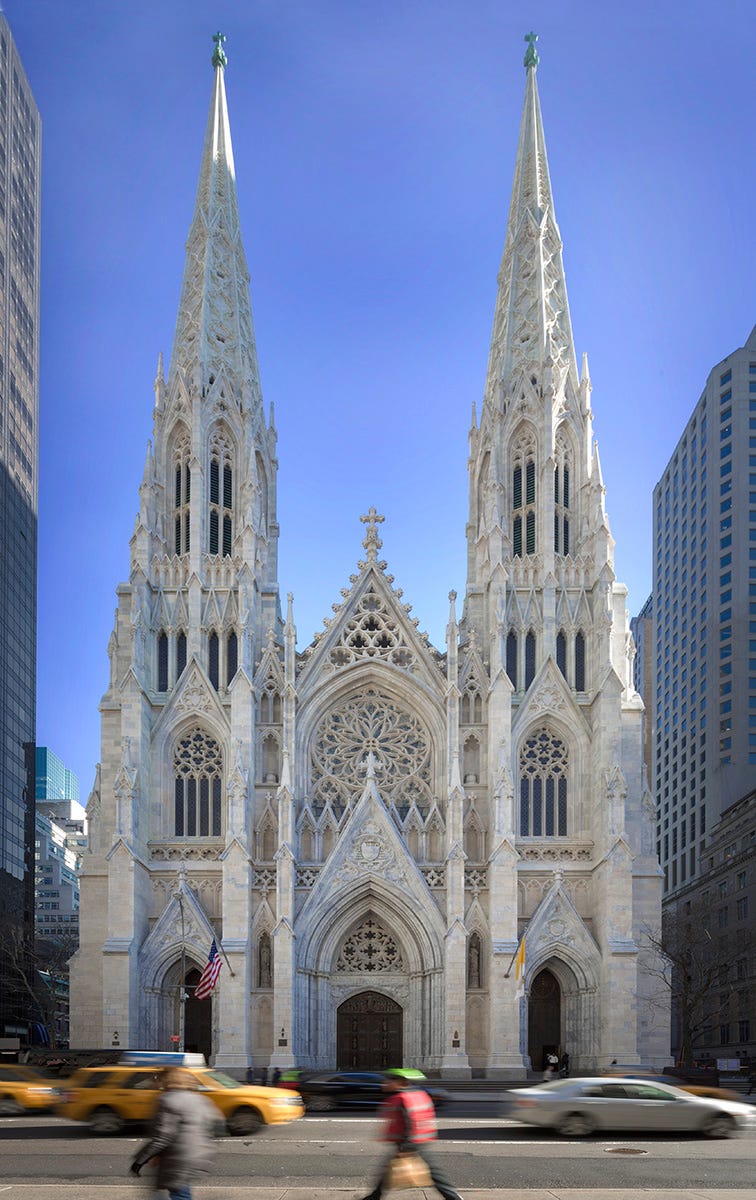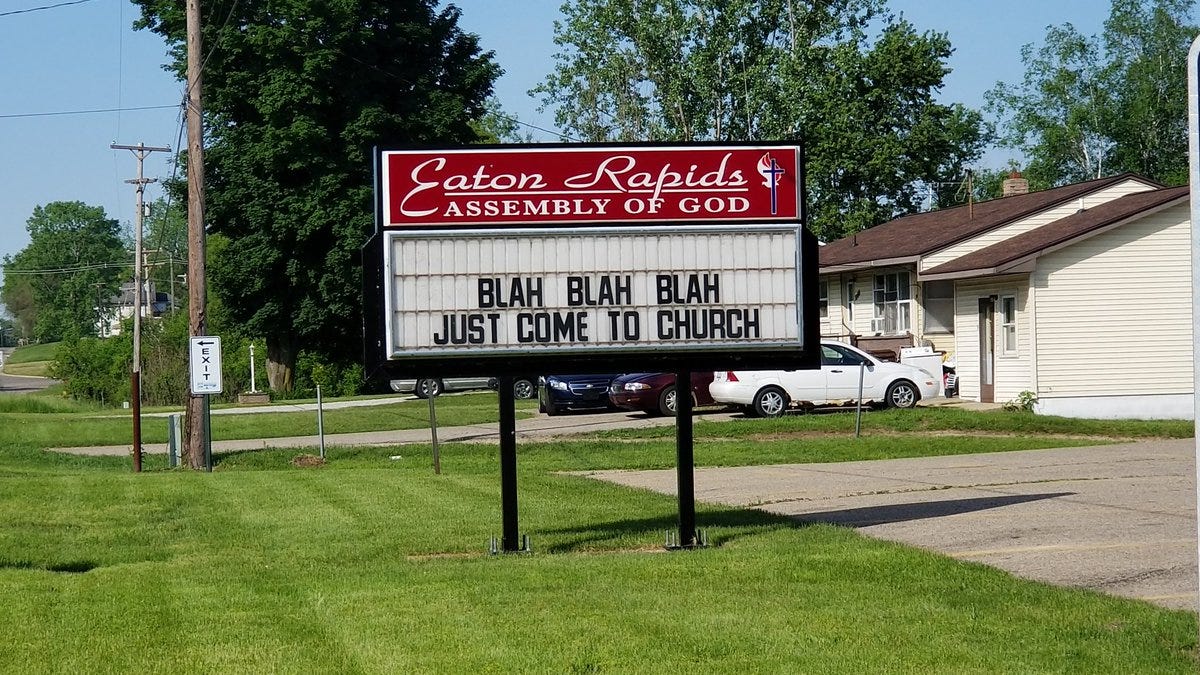Church Signs are Pointless
I’ve been dreaming for a long time; for as long as I can remember, in fact. This is part of a series of blog posts where I dare to dream on behalf of the American church. I invite you to dream with me. Let’s dream about what the American church could be.
Who has ever read a clever church sign? I have not.
You know the ones. The letter board signs where the letters are interchangeable? Yes, those! Show me an example of one whose letters say something clever.
Not sarcasm (another day for a rant on why sarcasm should never be on a church sign), not a dad-joke (rolls eyes), not a pun (okay, maybe a pun); simply put, I want a stop-me-in-my-tracks church sign. Unfortunately, this unicorn of a sign that I desire is either non-existent or extremely difficult to find. I do not blame the church; words are hard, being interesting and clever is harder. My critique (and point) is this: let’s get rid of the church signs!
Let’s start with why we have building signs at all: to locate a business. This is a simple concept! When we look through pictures of beautiful church buildings, they are void of signs. Perhaps this adds to their beauty; perhaps the building is beautiful enough to be not only a symbol for the beauty of God, but also hold the distinction of it’s use in society. These church buildings don’t need the defining a sign provides.
Enter the world of 1930’s America (yes, I am skipping over a ton in American Church building architecture history here, but bear with me). Not only did the church buildings become less aesthetically pleasing, but we also had the birth of the marquee! Let’s not be confused; the American church did not invent the marquee (I would be far less harsh if we did). Do you know who did? Movie theatres or they were the first to use them. Marquees announced, “this is here!” So you can now see my frustration at the American Church’s quick adoption of the latest business trend.
Insert long sigh here.
The American Church should not be a business. However, when we have staff, salaries, mortgages, and more, we, of course, become businesses. Once the reality of “church as a business” set in, it was no wonder we needed signs to announce our place on the street. If you have not already gathered, point number one is this: only businesses need signs; churches don’t.
For my second point, let us ask a simple question, “who responds to these signs?” Now, this is a bit more controversial (somehow) but far easier to measure. How many new-to-the-church human beings come into a church because of what its sign reads? How many? I would love to see the numbers. How many never-been-in-church-before read a sign saying, “Come to our service on Sunday for a fun time,” actually attend the service? If not the blatant invite (which I see plenty of), surely the dad-joke will bring them in!
No.
If they are not effective at inviting people in, then why do we have them? The scary answer must be something along the lines of entertaining our current membership, but this is another rant for another time.
My third and final point is the thesis for this blog series: let’s imagine what a more beautiful, robust American church can be. When we get rid of something like the church sign, perhaps we will begin walking in a new direction altogether. Let us cut off the excess that has been brought on us by generations of “this is how we’ve always done it.” Let us strip what we understand Christianity to be to its bare bones and rebuild.
Maybe I am overthinking. Perhaps it’s just a church sign, or perhaps (and I’ll bet on this one) it is the birth of a revolution.
-L









